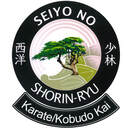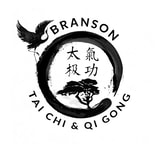|
Ranks and titles in the martial arts can be confusing and intimidating. But, they aren't meant to be. They are useful in recognizing who is the most experienced or highly honored in the room. Ranks are earned with hard work, sweat and years of practice. Honorary titles are given to esteemed practitioners out of respect for what they contribute to the martial arts and for the level of responsibility they have in the organization.
It is good reishiki or manners in the dojo to respect rank and title. Think of it as honoring a special dignitary in your home. Although a distinguished guest is usually humble enough to not expect special treatment, it's polite to honor them. For new students it can be confusing understanding the etiquette of the dojo. There are many different ranks and titles. The title heard in most dojos is Sensei. Pronounced as "sin say" it means "teacher" and is usually reserved for black belts who are authorized to teach classes. Though, not all black belts are called Sensei. Typically, a black belt must have attained a 3rd or 4th dan to be recognized as an instructor. A dan, sometimes called a degree is represented by stripes on the belt. Think of it as the level of experience and training that a Black Belt has. In traditional martial arts dojos, stripes are hard earned through years of training. There are ten degrees of black belt. Once a person attains 5th dan and higher they are considered a master. Master ranks are often represented with different types of red belts. In Seiyo No Shorin-Ryu we use the Red and white striped belt for 5th and 6th Dans, red and black striped for 7th and 8th Dans and solid red for 9th and 10th Dans. But, these master ranks may also choose to wear a solid black belt. There are also additional titles that may be used. To simplify, here is the basic hierarchy in Seiyo No Shorin-Ryu: KAIDEN is the Family Elder SHIHAN is the Family Senior SENSEI is the Family Junior STUDENT is the Family Member Titles for different ranks may be awarded at 4th Dan. YONDAN (4th Dan) = RENSHI GODAN (5th Dan) = RENSHI ROKUDAN (6th Dan) = KYOSHI NANADAN (7th Dan) = KYOSHI HACHIDAN (8th Dan) = HANSHI KYUDAN (9th Dan) = HANSHI JUDAN (10th Dan) = KAICHO Below I have outlined and defined many of the ranks, titles and honors that may be used in a traditional dojo. RANKS KYU Grade: A rank designation for all colored belts under black belt. DAN Degree: A rank designation for first to tenth degree black belt. MUDANSHA: One without degree - A student not yet at black belt. YUDANSHA: Black belt holder - A title designating rank of first to tenth degree black belt. POSITIONS DESHI: Disciple or trainee - A student regardless of rank. KOHAI: Junior - A beginning student. SEMPAI: Senior Student - used to signify a black belt who is not yet a teacher. Usually, this is for 1st-3rd dans. The title may be given to brown belts if no black belts are present. SENSEI: Teacher or instructor - A black belt qualified to teach. Usually awarded at 4th dan but may be authorized for lower black belt ranks if they are teaching. SHIHAN: Master teacher - Instructor of very high rank, sixth degree or above. HONORARY TITLES (Not all receive titles) RENSHI: Polished expert - Discipled self to a master & is a highly qualified teacher. Usually a 4th Dan or higher. TASHI: Great teacher about 7th dan. A teacher of the art with special dedication to one's teaching. KYOSHI: Senior instructor a.k.a. faith teacher. Has learned and contributed a dedicated proponent of the ryu. A sixth or seventh degree black belt. HANSHI: Master Teacher of teachers - A respected master of eighth to tenth degree black belt. Senior master/exemplary teacher. SOKE-DAI (pronounced So-ka-die) is the Assistant Head of Family. This position is honorary and is selected by the Soke to help with administration and to lead the organization after the Soke can no longer do so. SOKE (Pronounced So-ka) is the head of the Family. This is typically the highest ranking member of the organization. Our Soke is Harold Mead, 10th Dan. More on the significance of the Soke and Soke-Dai was written in a previous blog. O'SENSEI: Great instructor - Highest master within a system. KAICHO: Master of the house - Senior master of a system. MEIJIN: Expert - One who has mastered an art beyond the boundaries of physical prowess. Wise man of high spiritual level. Advanced age. Special dedication to the art. MENKYO-KAIDEN: A certificate of full proficiency in a Japanese martial art. Some members of the dojo may have multiple titles. If you are ever unsure how to address certain people in the dojo ask your Sensei.
0 Comments
My philosophy of the martial arts is based on three things: Mind, Body and Spirit. My goal as a Sensei (teacher) is to facilitate growth in all three areas for every student that comes into my dojo. For good health I believe it is important to strive to improve these three areas of ones life.
First, it helps to understand the meaning of each of these elements: The Body = represents your physical health; strength, flexibility and stamina The Mind = represents your mental health; alertness, expanding ones knowledge through learning new things and stretching the mind with new challenges, ideas and thought processes The Spirit = your spiritual health; development of strong character, positive attitude, slow to anger, a purposeful life, belief in a power greater than yourself. I believe that each of us, myself included, must constantly work to hone our minds, bodies and spirits. Karate and the martial arts are methods for improving all three. But, it is important to also seek opportunities for improvement outside of the dojo.
Just for today, do something healthy for your body. Just for today, read or talk to someone about something that expands your mind. Just for today, take time to meditate or pray to your higher power. Focus on finding the positive aspects of any situation. If you choose to do these three things each day, you may soon find peace and the rewards of a healthy and fulfilling life. Knowing your past is necessary to moving towards your future.
Karate has a storied history. But, I find less martial artists truly know their roots. Shorin Ryu is an ancient Okinawan art. If you don't know much about Okinawa, karate or its history, this video provides a good foundation. It's amazing to learn that the same art we practice today shares deep roots with karate masters of the past. I hope you enjoy this video as much as I did: http://youtu.be/s83yIq4O5Sw If you enjoyed the video you may also enjoy seeing the lineage of our Seiyo No Shorin-Ryu organization. http://www.malineage.com/martial-artists/Vashon-Borich?section=lineage If you are compelled, sign up on malineage.com (it's free) and add your name to the lineage tree. The tracks each of us make may one day be a legacy. Honor your roots and make a difference in the future. There is one word that can set me off quicker than a hungry wolf on a fat squirrel. Just a mention of the word lights a fire under me. My children have learned that if I hear them say it I will immediately stop what I'm doing and a Mom lecture will ensue. My karate students have also heard me correct them if they say it.
The word I speak of is "can't." I believe that if a person says "I can't," it is a self defeating phrase. Once said, it puts a mental block in place that prevents improvement. It sets off a chain of negative excuses as to why you believe you "can't" do something. It restricts progress and limits possibilities. Yes, there will be challenges in life. Yes, some things you try to do may be incredibly difficult to accomplish. Yes, it's possible you will fail once, twice or even hundreds of times. But, the fact that you didn't give up by saying "I can't" speaks volumes! I teach my children and students this: Instead of saying "I can't", replace that with "I will, I'll try or will you help me?" By thinking in this way, suddenly you open up new possibilities in your life. The only exception would be if it's something you have no desire to do. If that is the case, then the phrase "I won't" is still better than "I can't." By removing this word from your vocabulary you change your attitude and your life. This opens up a world of possibilities. What if you could achieve your deepest desires and dreams? What if you knew you really will succeed? In overcoming the mental obstacle you are already more than half way to your goal. You can do it! The only difference between someone who achieves black belt in karate and someone who doesn't is the black belt never gave up. When the going got tough, the black belt said "I can" and kept going. Change your attitude and you will succeed in ways you may never had thought possible. 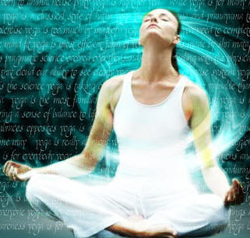 Breathing is one of the best ways to relax and reduce stress. The saying, "Stress Kills" has a lot of truth to it. I believe that how we handle stress is what "kills" and causes many of our problems in life. If you are stressed out it can constrict blood vessels, prevent restful sleep, cause indigestion issues and other health problems. It can also lead to anger and even cause depression. Stress is anything that creates mental, physical or emotional strain in our lives. There are always going to be things in our lives that cause stress. Unfortunately, it's not possible to eliminate stressful things from happening to us. (Wouldn't life be boring without a little bit of stress?) However, you do have control of how you react to stress. Martial artists and other warriors, such as military soldiers, are often known for their calm demeanor under extremely stressful situations. When a life or death situation occurs they must be able to quickly evaluate the threat and react instantly. They cannot freeze, hesitate or overreact. Over reaction exerts too much energy that must be conserved to successfully finish out a battle. An experienced warrior often recalls later that, in the heat of battle, things seemed to slow down. It was as if time stopped and allowed them to see each opportunity clearly. Their breathing slowed, things came into focus and their body just naturally reacted. The key to their reaction appeared to be how they handled their stress and specifically, how they breathed. Breathing One of the best ways that I've found to relax and reduce stress is to breathe. You may be chuckling right now thinking, "I already breathe! I'd be dead if I didn't!" True. But, there are certain breathing techniques you can use to reduce stress in your life. If you get in the habit of using breath control techniques, when stressors do come into your life you will have a method of reducing the negative effects on your body. There are many different methods of breathing. One of which, that we practice in the dojo, is slow meditative breathing. In this type of breathing you breathe deeply in through your nose and out through your mouth. It is a cleansing breath that goes deep into your belly and fully exhales out. It's a way to clear your mind before class. There are other types as well, such as in the face of danger, take a quick but deep breath through your mouth and then exhale slowly through your nose. This provides additional oxygen to your muscles.Then, the slower exhale through your nose keeps the oxygen in your body longer to give you necessary energy. Below is a video that provides several alternative methods of breathing specifically for stress reduction. The video is produced by Sensei Roemke, who runs a dojo in Santa Cruz, California. I have no affiliation with him or his martial arts system, but I thought this particular video segment offered some excellent tips on breath control. Several of the techniques I use myself in my own personal meditations. If you are having trouble viewing the video, you may access it directly here: http://youtu.be/ZLJ2FJnty64
I am not being endorsed by or promoting the people in this video. I have no affiliation with them. The video was screened and approved for use on this blog based solely on the benefit found in the techniques demonstrated. On January 8, 2013 the videos were found to contain appropriate content for the topic of this blog. As the videos are linked to from YouTube, and can be changed by the owners of the videos at anytime, I am not responsible for any changes or deletions made by the owners. If you find the video no longer works or is not meaningful to this blog, please contact Vashon Borich.  Basic exercises you can do to increase overall body strength. In a past blog entry I discussed exercises you can do to increase flexibility. In this entry I will discuss some basic exercises you can do to increase overall body strength. The exercises I chose have been selected for their simplicity and use of little to no training equipment. I also have narrowed it down to four main exercises that produce excellent results for overall strength in muscle groups needed for the martial arts. Finally, I've provided a work out plan for beginners, intermediate and advanced students. 1. Push ups: start on the ground, feet apart for balance, hands positioned directly under your shoulders. Keeping your back and legs straight, push up with your arms and slowly lower yourself touching your chest to the floor for each count.
2. Air squats: Stand with feet shoulder-width apart with your toes, knees and hips in a straight line. Grasp your hands together and hold them straight out parallel to the floor. Pull your belly button toward your spine and contract your abdominal muscles. Slowly lower your body, as though you are sitting in a chair. Lower until your bottom is in line with your knees (knees at 90-degree angles). Make sure your knees are BEHIND your toes, your back is straight, and the weight is in your heels.
3. Leg lifts: lay on your back on the ground with legs fully extended. Tuck palms of hands under your bottom. Keeping legs straight and together, slowly lift heels about four inches off the ground. Tightening tummy, lift legs up further to 45 degree angle. That's one count. Slowly repeat to the four inch position. Do these reps very slowly to a cadence of 3 seconds per rep.
4. Pull ups: locate a pull up bar, kids jungle gym or sturdy rafter in your home. Grip the bar with fingers pointed away from you. Pull your body up so your chin goes over the bar.
After performing all four exercises, rest for one minute. That means you have completed one circuit. Repeat the circuit a minimum of twice and work up to repeating the circuit five times. Once you can repeat the beginning level five times, go ahead and bump up to intermediate. Once you can perform five circuits at the intermediate level, bump up to the advanced level. If five circuits at the advanced level is a snap for you then contact me for a new set of exercises to challenge you! For the best results perform all four exercises in circuits twice a week. 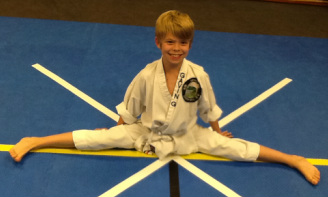 It's amazing watching an experienced karate practitioner throw a beautiful high kick over their own head. How flexible they must be! Martial artists are often known for their flexibility. But, flexibility isn't just important to performing incredible karate techniques. It also helps protect your body from injury and improves the range of motion of your joints as a whole. I sometimes hear adults say to me, I've never been flexible, even as a child, how could I possibly increase my flexibility now? I smile as I recall that I couldn't even touch my toes as a child but today, as an adult, I can do the splits. Flexibility can be learned and achieved at any age. While some people are naturally more limber than others, a stretching routine can allow any student to make progress in personal flexibility. In karate, one of the most talked about indicators of flexibility are the splits. There are two different types of "splits" -- the side splits and front splits.
I have included a couple of videos that demonstrate some excellent stretches specifically for performing the splits. Try utilizing these in your own personal stretching routine. Before long, you too may be doing the splits! If you are having trouble viewing the videos, here are the direct links to the YouTube versions: http://youtu.be/8Yd4Iag-dEA http://youtu.be/ywFJIdTSDIQ I am not being endorsed by or promoting the people in these videos. I have no affiliation with them. The videos were screened and approved for use on this blog based solely on the benefit found in the techniques demonstrated. On Nov. 28, 2012 the videos were found to contain appropriate content for the topic of this blog. As the videos are linked to from YouTube, and can be changed by the owners of the videos at anytime, I am not responsible for any changes or deletions made by the owners. If you find the videos no longer work or are not meaningful to this blog, please contact Vashon Borich.
 In today's martial art world, it seems the type of arts that get the most attention are the sports schools like MMA (Mixed Martial Arts), Tae Kwon Do and JuJitsu schools. I have found that although many of these schools have students (and instructors) that are technically and athletically quite good, it saddens me to see some of them have lost the essence of the martial way. I realize this isn't all martial arts schools, but I have seen a trend that has lead many martial artists away from the true meaning of karate do. The Martial Way, also called Budo, means "knowledge as a way to improve ones life and the life of others." Budo is a way of living and a way of dying. Let's look back to ancient Samurai warriors, they lived a dangerous life in which they were very aware that each day could be their last. Death was always in mind, day and night, with the understanding that with their great skill and importance as protectors of their community that they had a great responsibility. They lived each day as if it were their last day. Like the knights of the renaissance period, Samurai's followed a code of moral principals. This code of conduct or way of Samurai life was called Bushido or "the way of the warrior." Bushido tampered the violent existence of the Samurai warrior with wisdom and serenity. This code, is often unwritten and passed on verbally to be recorded on one's heart as a moral compass for living life. As a martial artist of today, I believe Bushido is still a vital part of our training. We are learning techniques that could severely injure, maim or even kill another human life. Without a strong moral compass to guide us, we risk being a danger to society. I believe that Bushido should still be taught in all martial arts schools. I feel so strongly on this that I believe students who do not exhibit the moral compass of Budo in their life should be restricted on what training they receive in the martial arts. The last thing an instructor wants to hear is that a student has become a trained bully or worse, a trained killer. If you aren't familiar with Bushido, here are the seven tenets that most martial arts circles believe were used by the Samurai: 1. Justice / Rectitude / Right Decision 2. Bravery / Courage 3. Benevolence/ Charity 4. Respect/ Courtesy 5. Honesty 6. Loyalty / Faithful / Devoted 7. Filial Piety (respect for your parents and ancestors) I believe it is our duty, as martial artists, to ensure the Budo code isn't forgotten. We should do this not just with words, but through living out the tenets and traveling the Martial Way.  We are in the middle of an Obesity Epidemic. According to a recent article in the New York Times, "Children will be entering adulthood heavier than they've ever been at any time in human history." According to 2012 Obesity statistics, 35.7% of the U.S. population is considered obese. In the U.S. it has been said we live in the "land of plenty." For many Americans, they have taken this to the excess and created an unhealthy body that is overweight and adopted a sedentary lifestyle. For those of us that are involved in the Martial Arts, at least we are breaking out of the sedentary lifestyle. However, that is only half the quest to being healthy and physically fit. Although I am not a nutritionists, I have researched and recently experimented in a nutrition test. My nutrition test was a simple lifestyle change that I decided to try, orginally, for 60 days. The goal was to see if I could lose weight, improve my over all health and increase my energy level without changing anything but a few simple foods. The foods that I focused on limiting from my diet I've dubbed, "The Three White Deaths." They are: Sugar, White Flour and Dairy. Granted, these are comfort foods and the most easily accessible in the American diet. I decided rather than eliminating them completely, that I would refrain from ingesting them six days a week. On the seventh day, usually a Saturday, it was "dieters gone wild" day. On DGW day, I would eat as many of the forbidden foods as my body could stand and actually made myself a little sick. During the rest of the week my diet consisted of lean protein, vegetables and beans. Fruit was also restricted due to the high natural sugar content. A typical breakfast consisted of scrambled eggs, black beans and mixed vegetables with a douse of hot sauce. Snacks were raw nuts, like almonds, lean beef jerky and carrots. Dinners were lean meats, veggies and beans. The results? At the end of sixty days, I had lost 22 pounds, my skin was smoother, my hair shinier, my energy level at an all-time high and I felt great! I had a physical check up before and after the 60 days. My blood pressure and cholesterol was in even healthier, normal levels. My HGH (the good cholesterol) had especially improved. My physician asked what I had been doing, I told her and she said, "keep it up!" It was so successful, that I have continued this lifestyle change. It's become a way of life for me. Oh, and my best friend also has participated in this. She lost 52 pounds! We both agreed that reducing (or eliminating) the three white deaths has been a healthy choice for us. You can learn more about this topic from these resources: http://www.fourhourworkweek.com/blog/2007/04/06/how-to-lose-20-lbs-of-fat-in-30-days-without-doing-any-exercise/ For those of you who love your dairy, you can experience similar results by just eliminating the sugar and flour: http://www.livestrong.com/article/287568-no-flour-no-sugar-diet-plan/ http://noflour-nosugar-works.webs.com/ * I am not financially benefiting by promoting these links. Always check with your physician before beginning any diet changes. 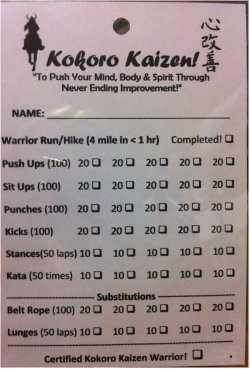 The Punch Card of challenges. The morning began earlier than most people choose to wake up on a Saturday morning. But these were no ordinary people. These were Kokoro Kaizen warriors. And, by 7 a.m. they were at my doorstep suited up and ready to push themselves to their limit in a morning full of challenges. After some warm-up stretches we were off to run/hike close to 4 miles on rugged terrain and up steep hills. I hoped my warriors were up for the challenge. Some ran, some walked and one even limped to the finish, but all of them completed the first challenge. Without much time to fully catch their breaths, we launched into a circuit of strenuous exercises that tested their mental fortitude, physical strength and tenacity. Dangling from a ribbon around their necks was a daunting punch card of exercises. Each exercise must be completed 50 to 100 times before the day was done. There were moments of frustration, exhaustion and even one who had to pause to empty the contents of his breakfast. But everyone pushed themselves to their limit. They impressed me with their spirit. They performed with the strength and passion of Samurai Warriors. Through sweat, grit and dirt they pressed on. By 11 a.m. everyone had completed their punch card and was certified as a Kokoro Kaizen warrior. We completed the day with a swim in the lake and a BBQ feast. Right now, I am beaming with pride for my students. I can't think of a better way to have celebrated our dojo's two-year anniversary. Thank you to all who came out. And, thank you to the parents, siblings and friends who helped with the event. I am honored to have such a great group. ~ Vashon Borich, Sensei You can view more photos from the 2012 Kokoro Kaizen celebration here: https://www.facebook.com/media/set/?set=a.492194880791920.118980.255052444506166& |
AuthorVashon Borich-Leach, Sensei teaches traditional karate and tai chi in Branson, Missouri. She considers herself a life-time student of the arts. Her blog is an open journal of lessons learned in the martial arts. If you are a martial artist and would like to contribute to her blog please contact her. Archives
May 2023
Categories
All
©2012 Branson Karate & Kobudo™
|
©2010-2024 Vashon Enterprises LLC, DBA Branson Karate™
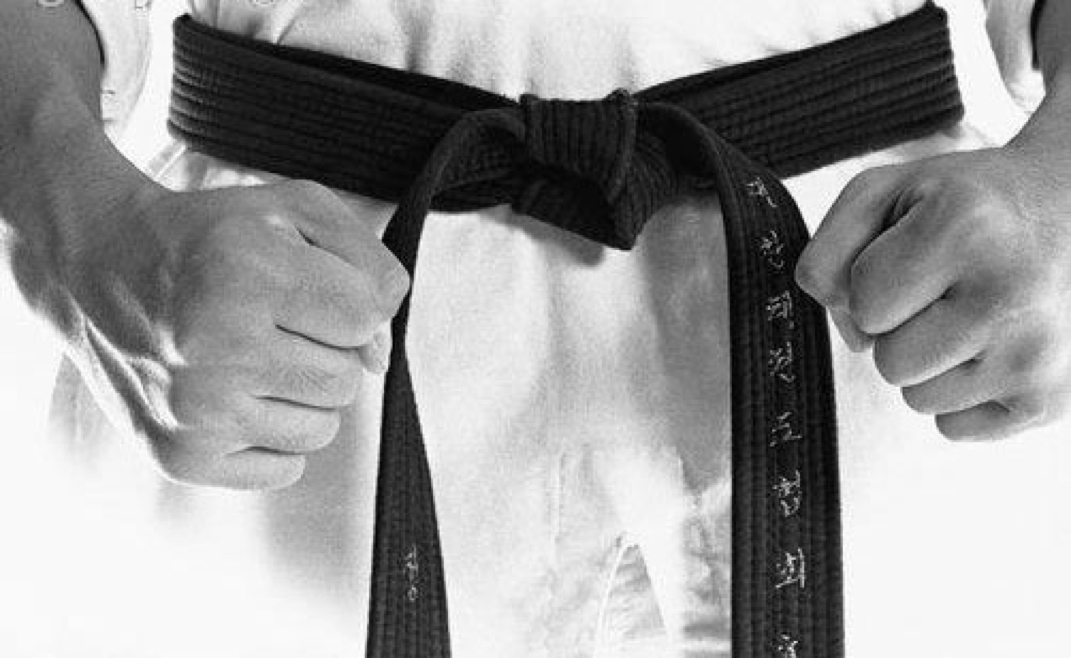

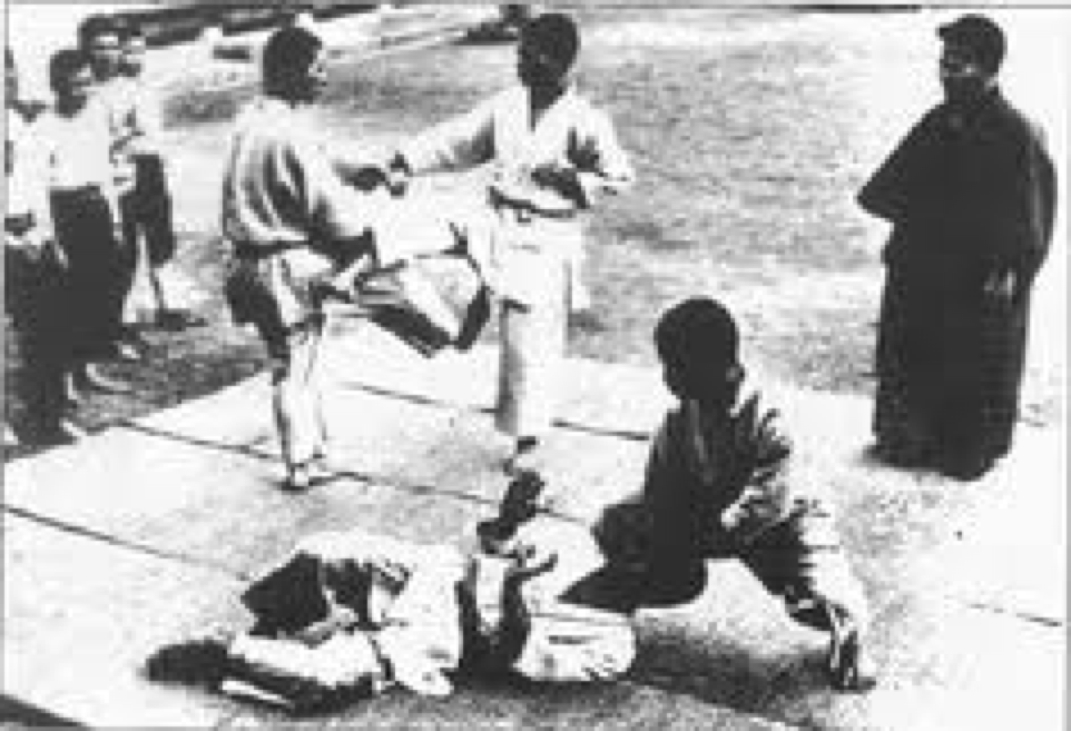
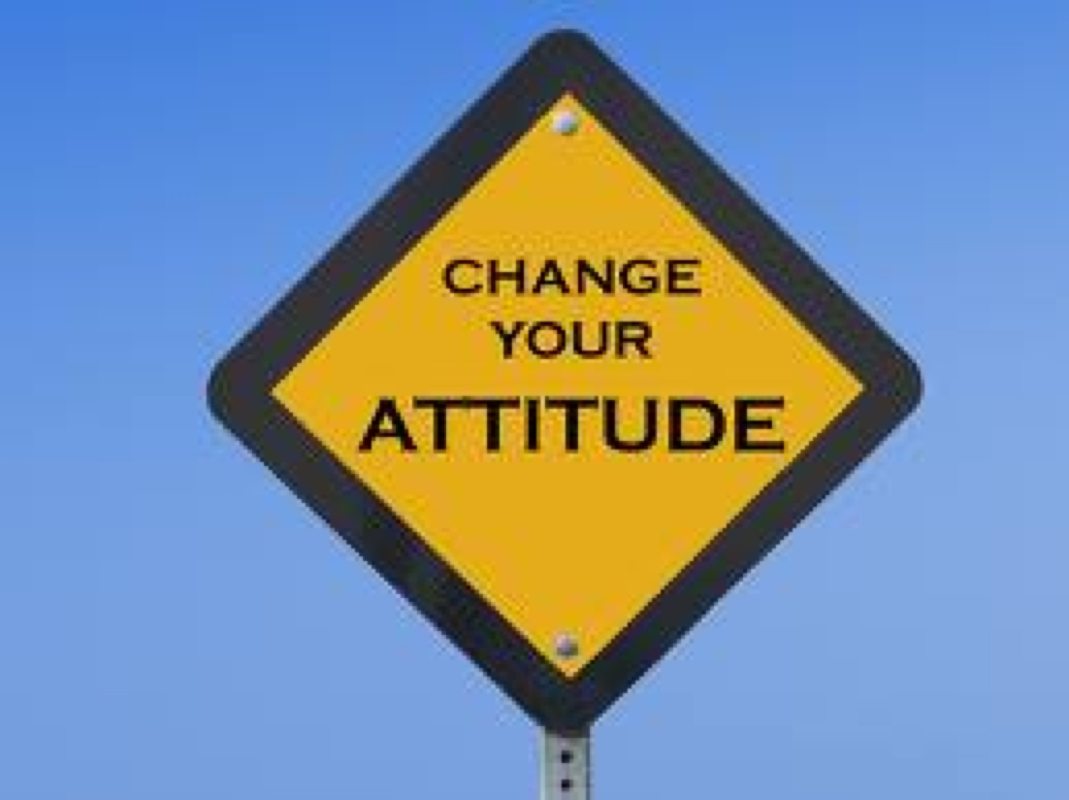
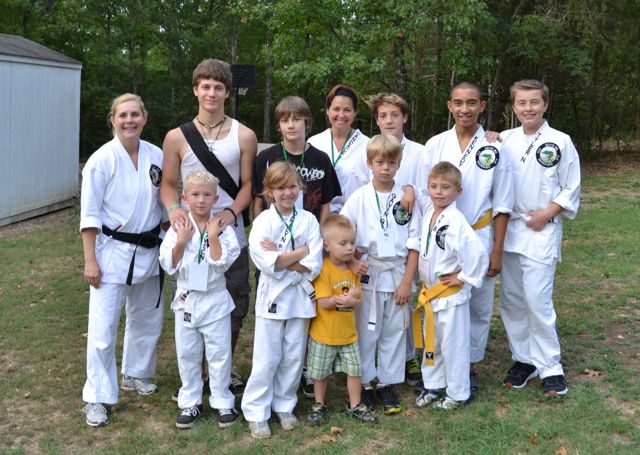
 RSS Feed
RSS Feed
